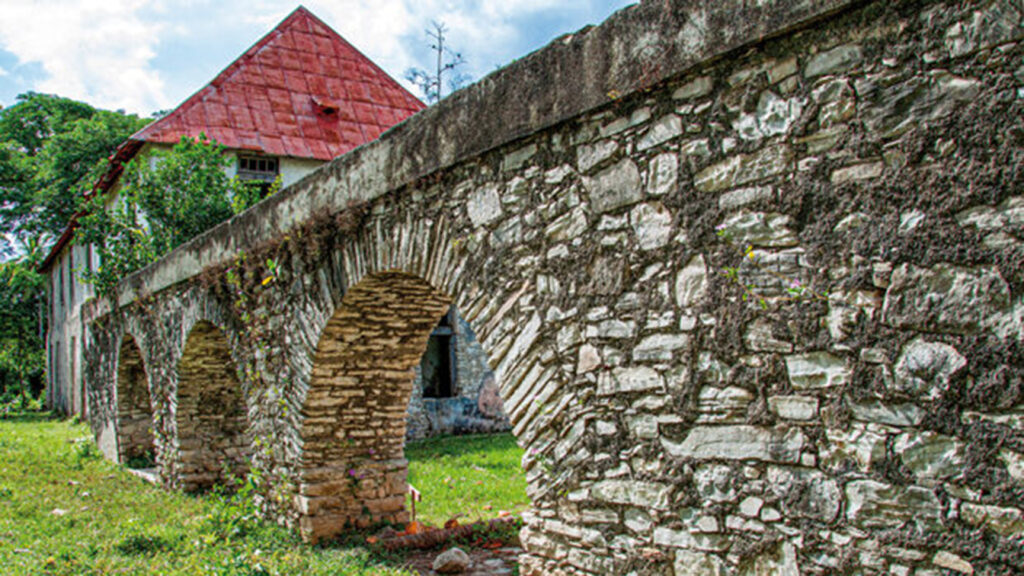
SANTIAGO DE CUBA, Cuba, November 28 (ACN) Researchers, specialists, academics, producers, and journalists will commemorate the 25th anniversary of the declaration of the archaeological landscape of the first coffee plantations in southeastern Cuba as a World Heritage Site in this southeastern city.
Omar Lopez, the city conservator of Santiago de Cuba, told the Cuban News Agency that it will be an emotional and interesting moment, as it celebrates two and a half decades of work to highlight an important landscape heritage linked to one of the products that identifies the Cuban people, and especially those of Santiago: coffee.
He recalled that it is a highly unique heritage site, as a strong coffee-growing culture developed throughout the area encompassing this province and neighboring Guantanamo between the 19th and 20th centuries, arising from the wave of migration that arrived after the Haitian Revolution (1791-1804).
Those families, educated and knowledgeable about coffee cultivation, established a veritable coffee empire in the eastern mountains, he said.
He affirmed that it constitutes an archaeological landscape of high heritage value because even today, when climbing the mountains, one can appreciate extraordinary constructions with their coffee drying sheds, mills, fermentation tanks, and other structures typical of the agro-industrial complex that made that development possible.
At the same time, Lopez pointed out, practices and traditions associated with the aromatic bean—how to hull, filter, consume, and share it—remain alive in daily life. The artistic expressions in the eastern part of the country have coffee as a recurring theme, which adds value to this heritage, he emphasized.
That culture, he expressed, is present in the French Tumba style as a complementary and important element, and also in the current coffee production of various companies and municipalities, where it constitutes an essential activity.
On the 29th, a cultural event will be held at the La Isabelica Coffee Plantation Museum to commemorate the 25th anniversary of the declaration, featuring the performance of the French Tomb La Caridad de Oriente, a jewel of the oral and intangible heritage of humanity.
According to the National Architecture Prize winner, the celebration will take place while recovery efforts continue following the damage caused by Hurricane Melissa, and he assured that the site will soon return to being the extraordinary paradise it is always good to revisit.
Lopez highlighted the presence at the event of representatives from the United Nations Educational, Scientific and Cultural Organization (UNESCO), the World Heritage Cities Network, the Offices of the Historian and the Conservator, universities, and entities linked to heritage protection.
He also congratulated the coffee-growing communities living in these rural areas, who, together with the institutions, are making sustained efforts to preserve this rich cultural legacy, an extraordinary heritage and the foundation of the coffee economy in the region.
The program of activities also includes the celebrations for the tenth anniversary of the Coffee Culture Interpretation Center, known as Casa Dranguet, as well as a visit to the Monte Verde coffee plantation in the province of Guantanamo.
Sidebar

 Agencia Cubana de Noticias
Líder en información nacional
Agencia Cubana de Noticias
Líder en información nacional








Nos reservamos el derecho de no publicar los comentario que incumplan con las normas de este sitio